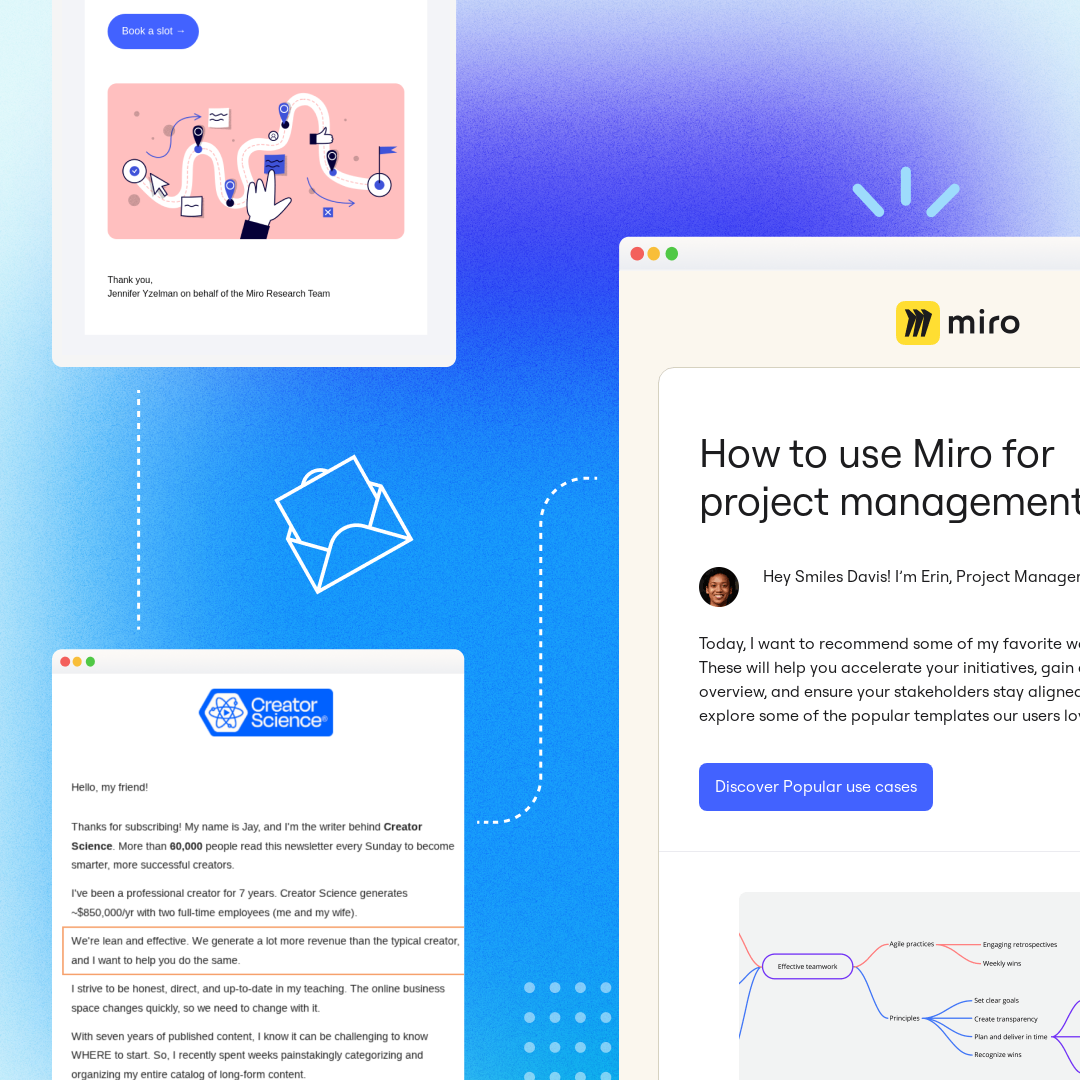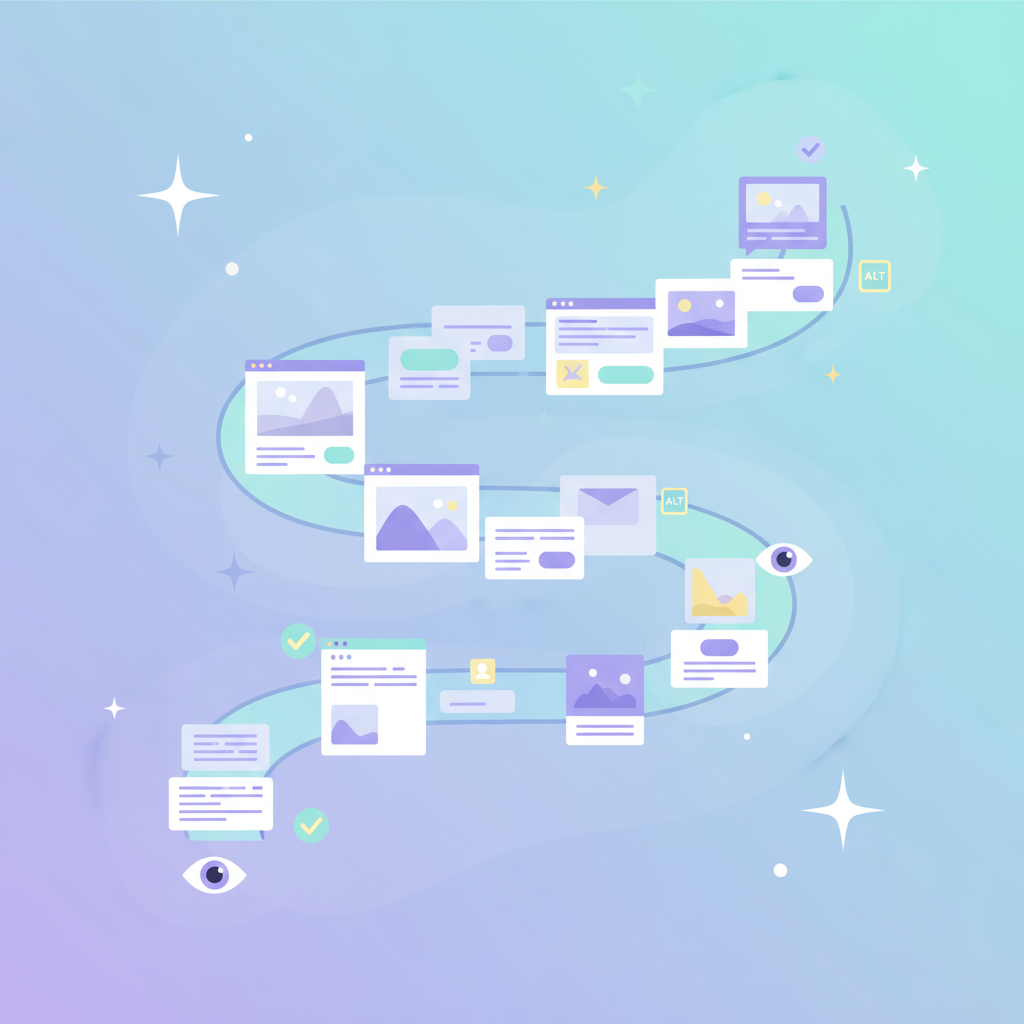
For busy email marketers finding a tool that enhances efficiency, productivity, and betters their marketing efforts is essential. To meet the demands of their job features like a user-friendly interface, contact management, automation, and scheduling make life just a little less stressful.
But with the rise of email software in the marketplace and their expected growth from $7.5 billion in 2020 to $17.9 billion by 2027, finding the perfect tool has become a challenge.
That's where HubSpot comes into play.
One platform that has been successful in making things easier for users since its inception in 2005 is HubSpot. With over 184,000 global customers, HubSpot has quickly become a favorite among many teams because of its capabilities to bring Marketing, Sales, and Customer Service together in one platform.
For email marketers specifically, their "Marketing Hub" has everything you may need to drive revenue, save time with automation, and optimize your campaigns.
Let's discuss some of the main features of HubSpot as a CRM that email marketers can leverage.
Contact Management
Effective email marketing begins with managing your subscriber list (contacts) and keeping it free of invalid addresses and duplicates. For email marketers, keeping a clean list is essential for email deliverability and to stay out of the spam inbox.
Import Existing Contacts
Existing contacts can easily be imported into HubSpot's CRM system, making contact management a breeze. Keeping everything in one centralized location becomes important when working across different teams with different marketing objectives.
Inside HubSpot's CRM, you can ensure that the proper data is being captured and make segmentation decisions and how each contact engages in your email campaigns.
Collect New Contacts
HubSpot also shines in its ability to help you collect new contacts and grow your email list. You can engage and convert visitors into contacts through features like sign-up forms.
A university's email marketing team, for example, can use these features to collect information from potential students who show interest in different courses. Information collected from sign-up forms is then stored inside the HubSpot CRM for future use in marketing or communication efforts.
Segment Contacts
Segmentation is another way to manage your contacts and allows you to "group" subscribers into "buckets" to send personalized messages to the right people at the right time.
Some of these "buckets" include: interests, demographics, or behaviors and allow you to send personalized messages that better align with your unique audiences. Here are some ways to use segmentations:
- Sort past customers who haven't purchased your product in X amount of days and send automated re-engagement campaigns.
- Create different groups based on geographical locations. This is useful for sending personalized messages based on holidays and seasons.
- If you host webinars regularly, segment customers based on "attended" and "didn't attend" to send customized messages that move them through your funnel.
Sending Emails with HubSpot
Once your contacts are properly managed, you can start creating emails. HubSpot provides several basic templates and an easy-to-use editor to create engaging emails that resonate with your audience.
Email Design
Emails can be done directly in the HubSpot app making it easy to keep everything in one place. HubSpot's email design tools are intuitive and the drag-and-drop editor allows you to easily add elements like images and CTAs that can be A/B tested to improve the performance of your emails over time.
Sending and Scheduling Emails
Scheduling emails is a great way to ensure your emails are being sent at the right time, without the need to be on your computer ready to press send (we've all been there). This feature is great for businesses to ensure that emails land in the recipient's inbox at the right times.
A great way to put the scheduling feature to use is to send a monthly email newsletter on the first Tuesday of the month at 10:00 a.m. That way your readers know exactly when to expect a message from you.
Automation and Workflows
The ability to create, send, and schedule automated emails is another valuable feature of HubSpot.
Using automated workflows, you can easily send welcome emails to new subscribers, along with a few email sequences for them to learn more about you, your services, and offers. For instance, a retail shop can set up a workflow to send emails with a special savings promotion to new email list sign-ups received from their website.
Read: Email marketing 101: What is email automation?
Analyze Marketing Email Performance
HubSpot provides insightful analytics to help you measure the performance of your email marketing campaigns. This is essential when determining what works (and what doesn’t) and identifying what you can improve on next time.
Track Email Metrics
As mentioned above, email metrics can be used in the decision-making process when identifying your future campaigns and their KPIs. Some of the most important metrics to look at include:
- Open rates to see how effective was the subject line.
- Click-through rates to determine how good was the content.
- Bounce rates to asses our email deliverability.
A college campus sending an email to alums will be able to note the engagement rates of their emails and target specific individuals who appear highly engaged with a fundraising campaign at a later date.
A/B Test
In email marketing, minor changes can sometimes lead to significant results. HubSpot’s A/B testing feature allows you to test different versions of your emails to see which performs better. For instance, you can try other subject lines to see which gets more opens or test different CTA phrases to see which gets more clicks.
Create Reports
HubSpot allows you to create detailed reports following your email campaigns. These reports provide valuable insights into your campaigns' performance over time. An e-commerce business can use these reports to understand which types of emails generate the most revenue for their company.
Beefree x HubSpot for Email Marketing
While HubSpot is a powerhouse all on its own, when paired with Beefree the possibilities are endless. Beefree offers email marketers a new level of design flexibility with Mobile Design Mode. The no-code drag-and-drop builder ensures all emails and landing pages are optimized for any device and email client. Another feature is Beefree's extensive catalog of fully customizable email and landing templates created for any industry, season, or occasion.Beefree's capability doesn't end at email design. Part of the email creation process means getting feedback from various departments, which Beefree makes effortless through design-specific commenting and build-in approval workflows for Enterprise plans. Here's what our users have to say:

But don't take our word for it, try our free plan for yourself!



